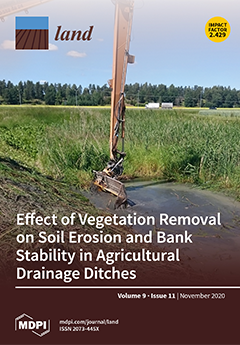Resource information
Nowadays, urban sprawl, urban densification, housing shortages, and land scarcity are some problems that intervene in the practice of urban planning. Those specific problems are currently more than ever emergent because they imply the notion of spatial justice and socio-spatial inequalities. Hence, it seems necessary to promptly research and describe these from a new and different perspective. Thus, we consider the Institutional Analysis and Development to define a conceptual framework to assess spatial justice. We simplify it into a three-dimensional model (rule, process, and outcomes) in which a matrix of indicators applies on each level. We elaborate the indicators to measure spatial inequalities in an urban development project, for which the reason we refer to the egalitarian paradigm of spatial justice. While spatial inequalities raise questions about land management, we elaborate those indicators related to three land management interventions: the use, access to, and redistribution of land use.


